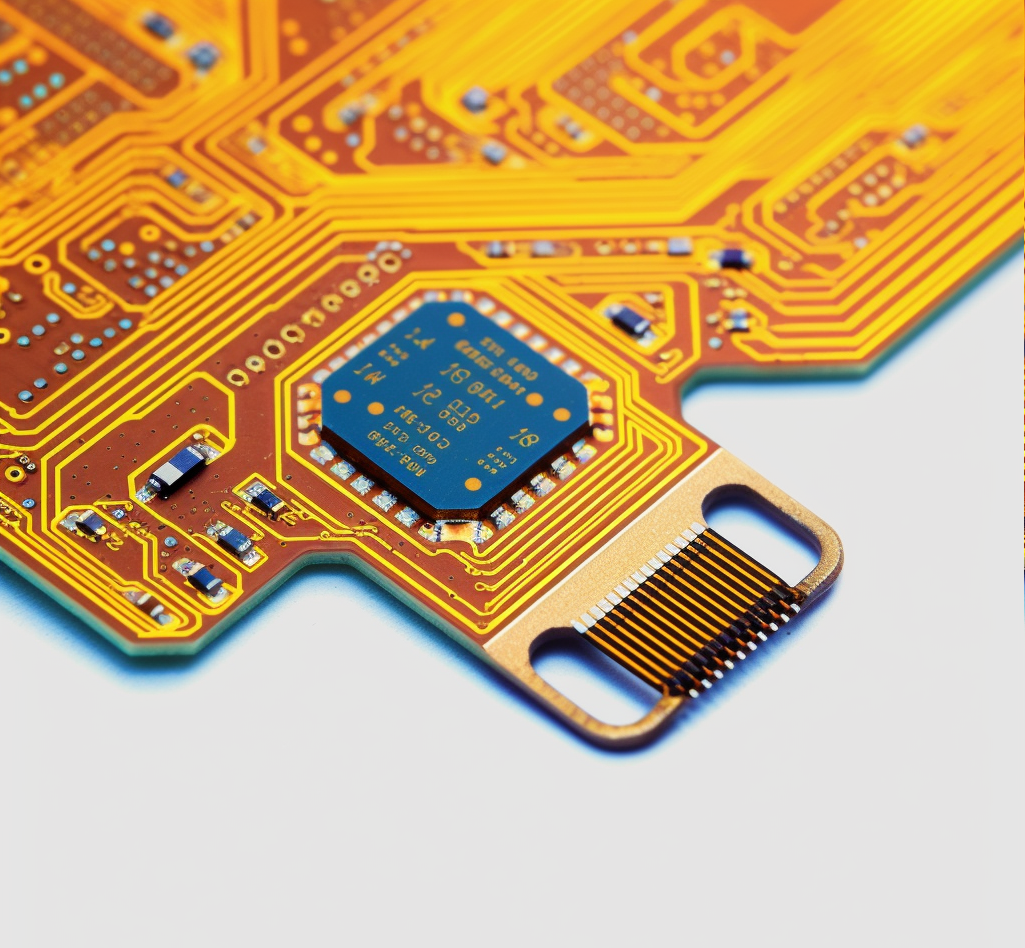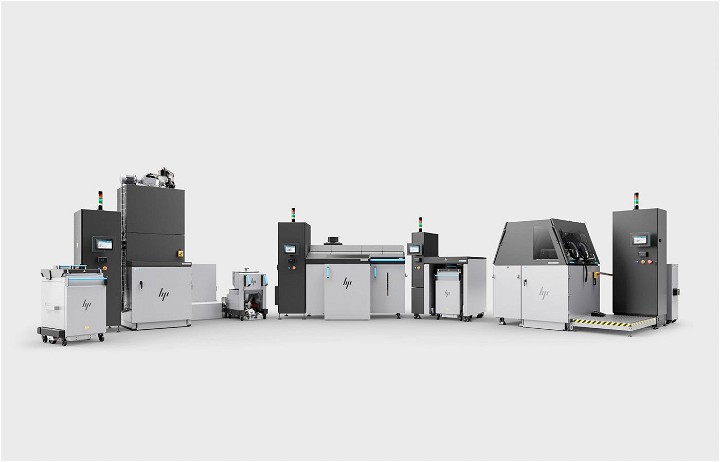The Potential Of 3D Printed Electronics

The Tech Advancement of Printed Electronics
Over the last years, 3D printing has been changing manufacturing processes in many industries putting them to a completely new level and one of the most promising technologies is 3D printed electronics. It offers the potential to adapt and otherwise be custom-designed as suited for use in future generations of electronic devices, with new opportunities regarding design, prototype testing and production.
Transforming Design & Manufacturing
Building on this construction, integration additive technologies with electronic functionality is revolutionizing the world of electronics design and manufacturing. Conventional electronic device manufacturing comprises several stages, for example, component assembly and soldering or enclosure fabrication. Nevertheless, 3D printing offers a novel concept by being able to fabricate both structural and functional elements in the same process flow simultaneously.
Multi-Material Printing
The underlying technology for 3D-printed electronics consists of multi-material printing, where conductive and non-conductive materials are deposited by dedicated 3D printers. To build the desired electrical pathways, conductive inks (comprising metallic nanoparticles such as copper, silver or graphene) are employed. Layer by layer, these inks are deposited following a digital design file that ensures accurate placement of conductive traces. At the same time, dielectric or non-conductive materials are printed on it which helps in mechanical support and insulation.
Difference between Additive and Traditional Manufacturing
Additive manufacturing is essentially the opposite of traditional subtractive manufacturing, in that it builds up an object more or less layer by layer. This method has several benefits, such as lower material waste and a limited number of assembly steps and the possibility to yield complex geometries that are not practically feasible with standard methods.
Flexibility in Design and Customisation
Leading this trend is the unprecedented design freedom provided by 3D printing where complex geometries are easy and multiple features in a single component plausible because anything that can be designed on computer can now be printed. This function makes it very good for manufacturing customized electronic devices which are designed specifically around any type of application like flexible circuits or embedded sensors. You can design complex geometries with internal features that allow for optimized performance, weight reduction and size - crucial in the aerospace or healthcare industries where every gram matters.
Advantages and Possibilities
There are a number of technical advantages to embedding electronic parts within 3D-printed object at the point when those objects are being manufactured.
Reduced Complexity and Weight
Complexity is further reduced through the direct integration of conductive pathways as well as electronic components within the 3D printed object, removing them from separate assembly steps. Which is particularly beneficial for applications such as medical implants, IoT sensors, and wearable devices where the size of weight of a device are critical concerns.
In addition to control, it offers a high level of customization and rapid prototyping.
One of the unique advantages in 3D-printed electronics is to prototyping and customize electronic components fast. Engineers can iterate designs, test functionality and make changes fast without extended retooling. This speeds up the development cycle and time-to-market of new products.
Cost-Effective Production
Production costs of traditional tooling and assembly are reduced through the use of additive manufacturing. The ability to shift production on demand also reduces inventory costs and makes provision for flexible manufacturing, thus helping companies better meet the individual needs of their customers.
Industry Applications
It is a technology that has enormous possibilities in terms of applications and adaptation to sectors as diverse as the opportunities it presents: 3D printingof electronics.
Healthcare
Health care - 3D-printed electronics can be used to produce customized medical implants and surgical tools. Patient outcome has been improved by the ability to personalize implants to a patient's specific anatomy, improving fit and function. In turn, smart medical devices equipped with sensors can carry out real-time monitoring and diagnostics.
Aerospace
Where aviation is concerned, 3D printing provides distinct advantages in the form of making lightweight, high performance parts. It lets them create complex designs aimed at maximizing aerodynamic and structural efficiency, as well lightweight. Manufacturing 3D-printed sensors and antennas can be embedded directly in the structure of an aircraft, improving functionality without additional weight penalties.
Automotive and Consumer Electronics
The movement in consumer electronics towards miniaturization and personalisation is a good fit for 3D-printed electronic functionality. Brands can create a product specifically for some market (e.g. best fit wearables, smart home etc.) Automotive companies, in the meantime, can use this technology for prototyping and producing intricate wiring harnesses as well as assembling fuel-efficient lightweight components.
Robotics
The incorporation of electronic elements such as sensors, microcontrollers or processors to the structural components become possible through 3D printed electronics. This results in less weight and simplification in the design of robotic systems leading to more agility and productivity. These robotic limbs are equipped with custom sensors and actuators that offer similar precision control and feedback.
Overcoming Challenges
3D-printed electronics are seen as having a huge upside, but there are several technical challenges that need to be overcome in order for the technology to deliver on its promise.
Improving Conductivity and Stability
The Conduction of Printed Electronic Components Act as a Measurement for Their Performance Scientists are looking at more sophisticated materials to conduct electricity, including graphene and carbon nanotubes for better electrical conductivity with greater durability.
Scalable and Cost Effective
3D printing production on a large scale is limited partly because of the much slower speeds compared to traditional assemly-line methods. Better printer technology and process optimization are starting to address large-scale production.
Material Compatibility
The compatibility of different materials that are used in multi-material printing is crucial for the mechanical and electrical properties of printed devices. The researcher said materials research is directed toward creating papers that bond to one another and retain their properties after they are created.
Conclusion
With the evolution to 3D printed electronics, however, we expect it should only get even tougher for traditional manufacturers as more vibrant and efficient creations can be translated from concept into tangible product. As the research continues to overcome these current challenges, it is possible that its innovative and industrial effects will be scaled-up.
As a result of this technology shift, not only is the manner in which electronics are designed and manufactured changing, but 3D printing now unlocks possibilities for innovation previously unavailable. Additive manufacturing is changing the game from healthcare to aerospace and beyond giving engineers design capabilities that were previously impossible. With 3D printing, there are no shortages when thinking about the future of electronic manufacturing and all that it can grow into.
Related Articles

J.A.M.E.S And Friends Interview Series: Exploring AME Innovation With Fuji

Advancements In Microelectronics: DARPA's Pioneering Initiatives

Advancing Additive Manufacturing: HP's Breakthroughs In Polymer And Metal 3D Printing

XTPL's Pioneering Role In The UltraSense Project Under HORIZON Program



